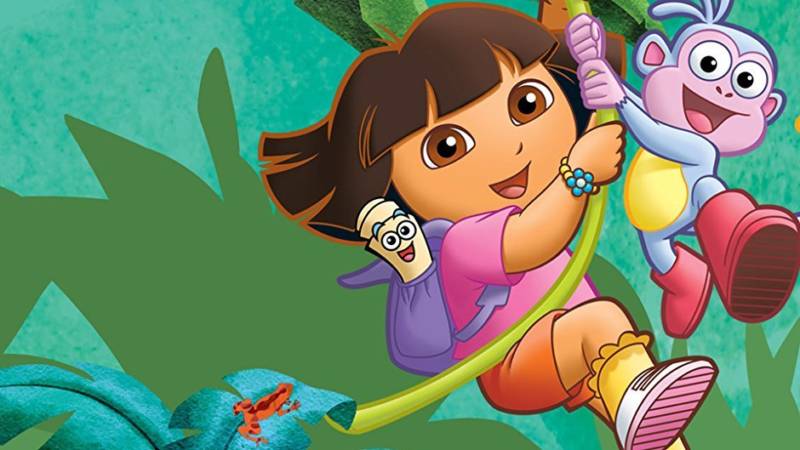Dora the Explorer is one of the most recognized Latinx characters on TV. She debuted on Nickelodeon almost 20 years ago. This past weekend, Dora moved to the big screen, in Dora and the Lost City of Gold.
But before she was an explorer who traversed the world with her backpack and map, she was Stinky.
“It was a skunk,” says Chris Gifford, one of the show’s creators. In the late 1990s, he and two others were tasked with brainstorming the next hit on Nick Jr. After moving through various animals, they decided on a young girl who would go on adventures and ask the audience of preschoolers at home for help.
Originally, they imagined the girl would be white. But months into developing the show, the creative head at Nickelodeon, Brown Johnson, went to a conference where she learned that of the 80 prime-time characters under the age of 18, not a single one was Latinx. She came back and declared that the show they were working on would now feature a Latina.

Eric Weiner, another creator of the show, says, “At the time, Pat Buchanan was running for president, spewing all this hatred about, ‘We don’t want Spanish speakers in our country.’ So this idea of not building barriers gave extra meaning and heart and urgency to the mission of the show.”

9(MDAxOTAwOTE4MDEyMTkxMDAzNjczZDljZA004))

